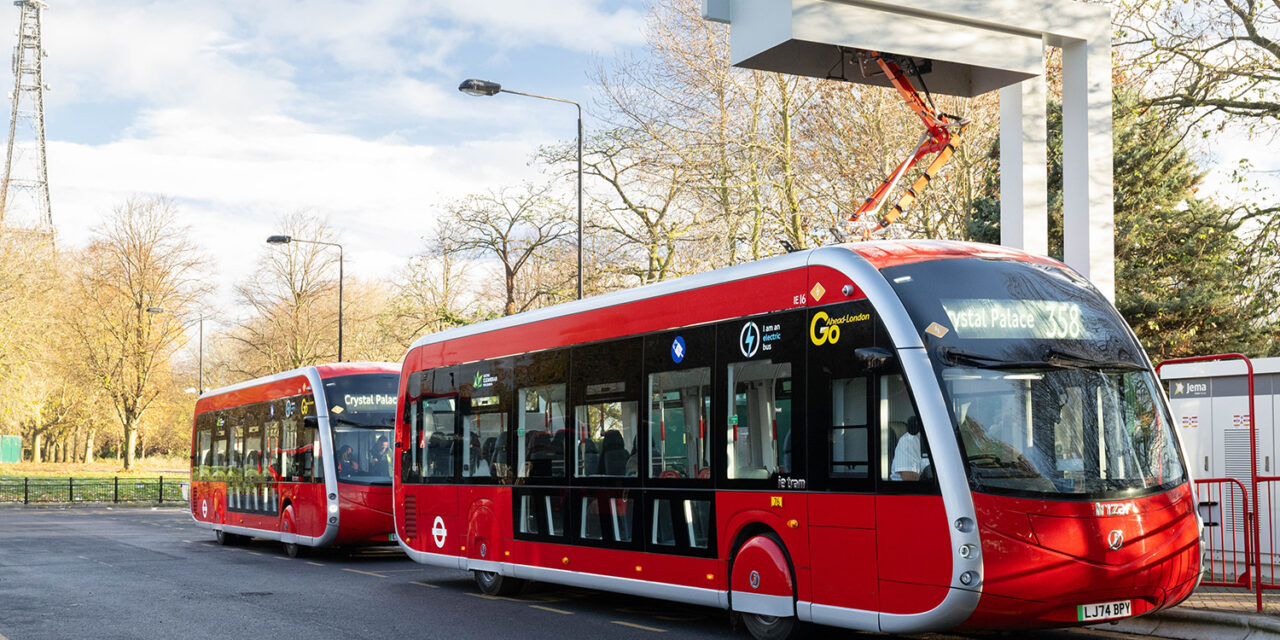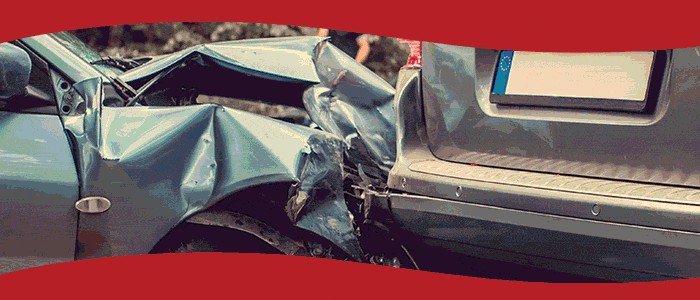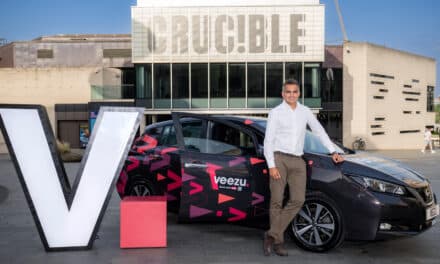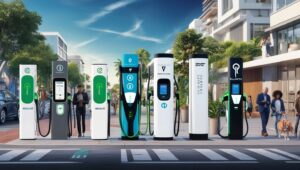New, stylish, tram-like buses powered by pantograph have been introduced in phases to one of London’s longest bus routes, between Crystal Palace and Orpington. The forward-thinking pantograph technology on route 358 allows fast, high-power charging of the new buses at each end of the 15-mile journey, through an arm-like structure attached to the bus roof, in as little as six minutes. This means drivers do not return to garages to recharge.
This means fewer buses are required on the route, bringing savings that can be invested into other areas of TfL’s network, in addition to the benefits of cleaner, greener travel.
As part of TfL’s commitment to achieving the Mayor’s Vision Zero goal of eliminating all deaths and serious injuries on London’s roads, the buses have a safer front-end design, and include the latest safety features, such as speed limiting technology, audible warnings to alert pedestrians and other road users to the bus, and improved direct and indirect vision for drivers through camera monitoring instead of mirrors. The striking new design of the tram-style buses has an interior that is designed to reduce customer injuries including improved seat design and slip protection for flooring. The buses benefit from enhanced customer features such as USB charging ports and palm-operated assistance buttons.
TfL’s zero-emission fleet is the largest in Western Europe, with more than 1,700 zero-emission buses in operation. Zero-emission buses help to tackle the dangers of toxic air pollution and tackle the climate emergency. Carrying up to 80 times the number of passengers as a car, while taking up just three times as much space, they also help to cut congestion. Route 358 is the latest milestone in the Mayor’s commitment to deliver a zero-emission bus fleet by 2030.
Buses are critical to meeting sustainable transport, safety and environmental targets. They have a huge role to play in reducing congestion, making sustainable travel more attractive to everyone, and, across TfL’s zero-emission bus fleet more widely, supporting jobs across the UK. London’s iconic red bus fleet is one of the greenest in the world, with lower CO2 emissions per passenger kilometres compared to other global cities like New York, Paris and Vancouver.
Introducing new pantograph technology on the route 358 is part of TfL’s plans to improve bus services across London by 2030. Alongside the target to transition to a fully zero-emission fleet, initiatives such as introducing 25km of new bus lanes by 2025 and better interchanges will help to deliver a faster and more efficient bus network for those travelling in the capital. Improved customer information and upgraded bus stops will enable a more inclusive passenger experience.
In 2023, TfL launched the Superloop, a game-changing network of 10 express bus services, linking stations, hospitals and transport hubs across outer London and adding more than six million kilometres per year to the bus network. Data shows that Superloop is already transforming travel with millions of journeys each year, with almost half of the journeys involving an interchange with another mode of public transport.
Lorna Murphy, Director of Buses, TfL, said: “The harmful effects of toxic air pollution in the capital are known to contribute to thousands of premature deaths and serious health conditions. Londoners deserve to breathe clean air, and it is vital that we continue to deliver solutions to address this.
“Installing new rapid-charging pantograph infrastructure on one of London’s longest bus routes is an innovative step forward, helping us to run cleaner, greener services that get Londoners where they need to be.
“Working with partners across a range of different sectors on this project, we are showcasing how the broader shift to net zero can be achieved. The move to increase the number of zero-emission buses on the capital’s streets is a key part of the Mayor’s goal to make London a zero carbon city.”
Tom Joyner, Managing Director of Go-Ahead London said: “I am incredibly proud of the strides we’ve made this year in our journey toward a zero-emission future. Go-Ahead London is leading the way in driving the transition to zero-emission buses, with 636 electric vehicles now operating across our network. This includes the exciting launch of the 358 route and the expansion of our pantograph technology, both strong testaments to our commitment to cleaner air and healthier communities.
“From 2024 to 2026 Go-Ahead Group of which Go-Ahead London is part of, will be investing £500 million to introduce even more electric buses, focusing on London, in support of TfL’s net-zero targets. Our partnership with TfL ensures we can continue to serve our communities while setting new industry standards for sustainability. Together, we are not only transforming public transport but also creating a lasting positive impact.”
Iñigo Etxeberria, Managing Director of Irizar e-mobility, said: “We are proud to be a partner on this project, which is another step forward in London’s green transition. This creates a global showcase, is a milestone for our business and increases our prominence in the UK as an innovative company. It is a large-scale project that we are delighted to be implementing in this city. These twenty buses will electrify this ultra-fast opportunity charging bus line. We really hope that Londoners will enjoy the experience of travelling into the modern, sleek and sustainable Irizar ie tram buses. “
Deputy Mayor for the Environment, Mete Coban said: “Electrifying London’s bus fleet is key to the Mayor’s aims of cleaning up London’s toxic air and making London a net-zero carbon city by 2030. London already has the largest zero-emission fleet in Western Europe, but our ambition is to achieve the Mayor’s goal of the entire fleet being zero-emission by 2030. These state-of-the-art buses will benefit from technology to help them run for longer without being charged, making journeys more efficient, and will also feature multiple safety improvements. This is all part of our plans to continue building a safer, greener London for everyone.”
Liam Conlon, Member of Parliament for Beckenham and Penge, said: “It’s fantastic to see the Mayor introducing these new zero-emission buses. They are the first buses of their kind in the UK, and I’m delighted it’s on the 358 route that runs through Beckenham and Penge. Local residents will benefit from safer travel and cleaner air as a result.
“In the months since being elected, people have made it clear to me that a greener London and improved road safety are top of their priority lists. That’s why seeing the new 358 bus hit the roads is such a welcome sight.
“Today’s launch represents great progress and shows what a greener, fairer London looks like in action. I look forward to continuing to work with the Mayor and our new Government to build on it.”
Rosie Allen, Policy Adviser, Green Alliance, said: “Greener buses mean the same fare for cleaner air, so it’s exciting to see new futuristic, tram-style fast-charging buses take on the 358 route. As they make their way across 15 miles of South London streets, charging at either end, they’ll prove that here is no route too long for electric buses, and point the way to a future free of fossil fuels for transport.”
Ben Curtis, Head of External Affairs at Campaign for Better Transport said: “Buses are our most used form of sustainable transport and bus electrification is key to cutting road emissions and cleaning our air. It’s fantastic to see how innovative technology like pantograph charging can be used to keep TfL buses green and efficient and support operation on longer routes on the network.”

















